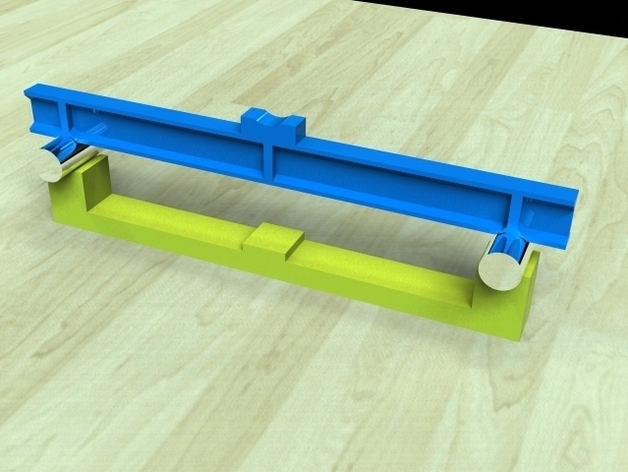
Strength Test Facility for Open Source Appropriate Technology (OSAT) 3D Printing
thingiverse
This project involves creating a Test Bed and sample Test Pieces to evaluate the strength and stiffness of 3D printed parts. Detailed instructions on how to proceed are provided in an attached Word document. The blog at http://julianh72.blogspot.com/ offers more information on the development process, including recent updates such as modified parts (Mk II). The mechanical properties of 3D printed components depend on various factors, including the stock material, printing parameters, part orientation during manufacturing, and printer attributes. To measure actual strength, print one or more Test Beds and sufficient identical Test Pieces using specified build and print parameters. Weigh the test pieces as a record of overall effective density, and print sets of test pieces in different orientations to understand orthotropic characteristics. Install steel pins on the Test Bed and place the test piece on them. Measure clearance between the underside of the Test Piece and Deflection Measuring Pad on the Test Bed. Apply load increments while measuring deflection at each increment using a graphing Spreadsheet for data analysis. Repeat these steps for multiple test pieces and different manufacturing orientations to obtain statistically meaningful results.
With this file you will be able to print Strength Test Facility for Open Source Appropriate Technology (OSAT) 3D Printing with your 3D printer. Click on the button and save the file on your computer to work, edit or customize your design. You can also find more 3D designs for printers on Strength Test Facility for Open Source Appropriate Technology (OSAT) 3D Printing.
